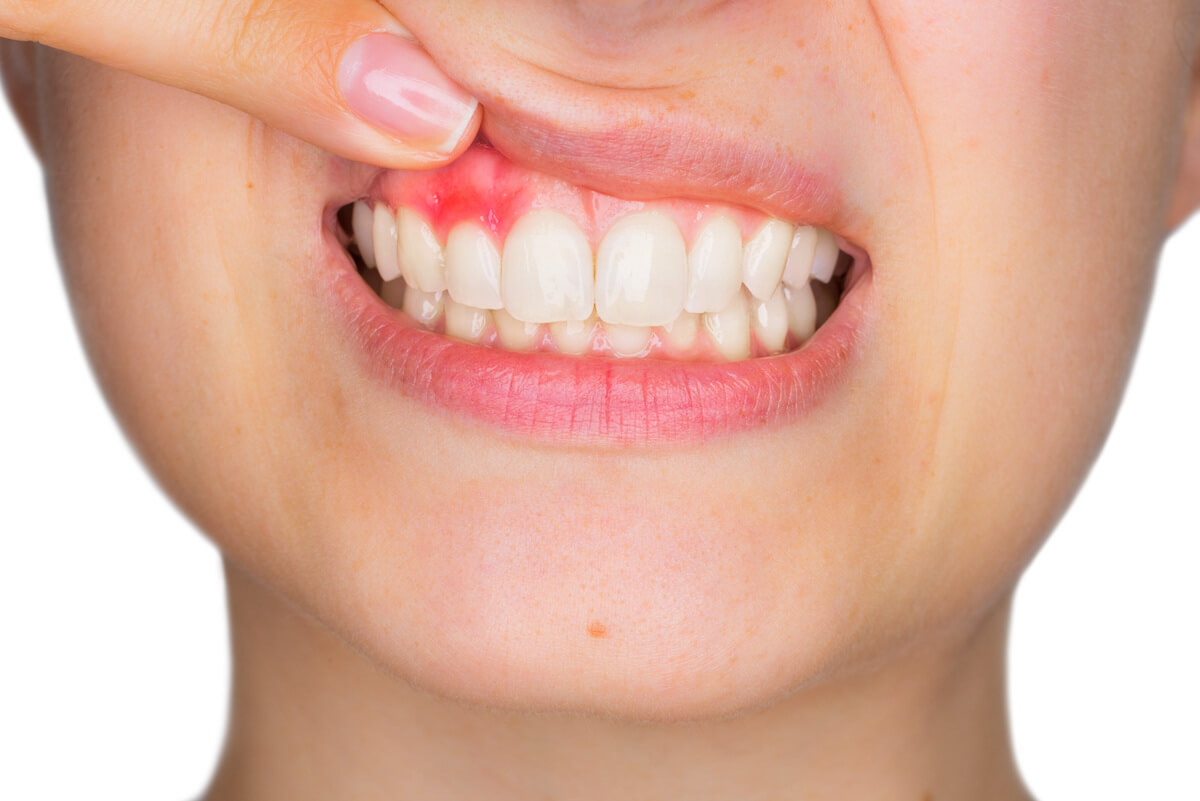Gum Disease Treatment
Even though it is 100% preventable, approximately half of all U.S. adults have some degree of gum disease. If caught in the early stages, gum disease can be reversed. However, later stages require more intense gum disease treatment to save the teeth.

Gum disease isn’t just the most common dental issue, it’s one of the most serious. There are several risk factors linked to gum disease, including:
– Diabetes
– Heart disease
– Stroke
– Premature birth and low birth weight
– Osteoporosis
– Chronic respiratory diseases
– Cancer
Even if you don’t have any of these risk factors, it’s important to maintain a good oral care routine that includes seeing your dentist regularly. Catching gum disease early is the best way to reverse it and save your teeth.
Men Are at Greater Risk for Developing Gum Disease
According to the American Academy of Periodontology, 56.4% of men develop gum disease compared to just 38.4% of women. Additionally, men can suffer from serious health effects linked to gum disease, including prostate issues, heart disease, impotence, and cancer.
Gum disease is an infection that can affect the gums, periodontal ligaments, and jawbone. It occurs when tartar builds up and breaks down the attachments between the teeth and gums. This breakdown forms pockets between the teeth and gums where bacteria collect and evolves into an infection that can destroy the tissues and bone.
Even in the early stages, your body signals you that there is an issue. You may notice some inflammation, redness, bleeding, and even a foul taste in your mouth. If you do develop these symptoms, contact your dentist for a check-up because gum disease is only reversible in the earliest stages.
There are several myths about gum disease, including that you will lose your teeth if you have it. While it’s possible to lose your teeth if you don’t treat the gum disease, it’s possible to save your teeth with treatment.
There are four stages of gum disease. Since only one stage is reversible, it helps to understand the differences between them.
1. Gingivitis is the earliest stage and the point where it can be reversed since the infection has not reached the bone.
2. Slight periodontal disease can be managed but not reversed.
3. Moderate gum disease involves some degree of bone loss that may be accompanied by bleeding and pain.
4. Advanced periodontal disease requires more aggressive treatment, including extraction of the affected tooth.
Only your dentist can identify whether you have periodontal disease or not, what stage it is, and how to proceed with treatment options. That’s why regular check-ups are so crucial for keeping your gums healthy.
Does gum disease go away? Not on its own, but there are gum disease treatment options. Seeing a dentist for gum disease treatment is your best course of action because they can identify a proper plan to meet your needs.
Your dentist may suggest adding an antibacterial mouthwash to your daily oral care routine. Several products on the market that can help fight bacteria and reduce plaque build-up. It’s a good idea to ask your dentist for specific product recommendations.
Saltwater rinses can reduce inflammation and swelling related to gum disease, but they won’t heal the underlying infection.
The Jefferson Dental & Orthodontics team is committed to providing high-quality dental care to patients of all ages. Our state-of-the-art facilities feature cutting-edge technology, modern decor, and coffee bars. Younger patients will appreciate our kid-friendly play and treatment rooms designed to make them more comfortable.
Our dental teams provide thorough, professional exams every time so that you can have a comfortable, hassle-free visit. We will attend to any immediate issues you have, including dental emergencies, and teach you how to keep your mouth healthy.
Plus, we will explain procedures and thoroughly answer your questions in English or Spanish so you can make informed decisions.
